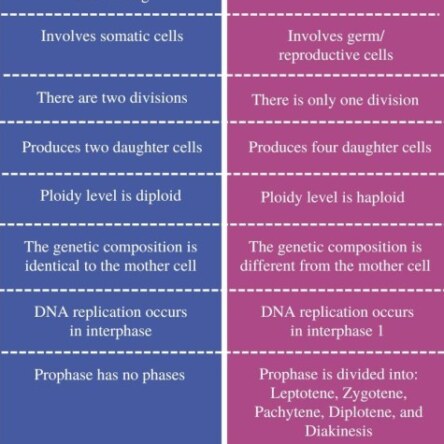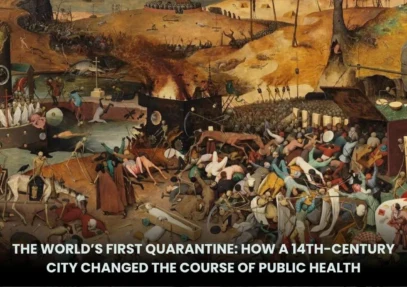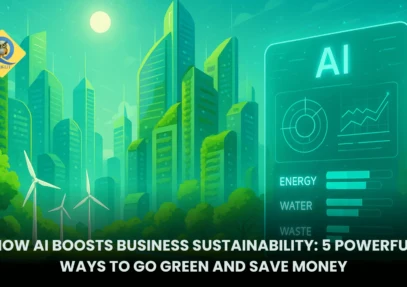What is the role of chlorophyll in photosynthesis?
Christmas Day is celebrated on December 25th every year to commemorate the birth of Jesus Christ, who is believed to be the Son of God in Christianity. It is one of the most significant festivals in the Christian faith, celebrated by millions of people around the world, both religiously and culturalRead more
Christmas Day is celebrated on December 25th every year to commemorate the birth of Jesus Christ, who is believed to be the Son of God in Christianity. It is one of the most significant festivals in the Christian faith, celebrated by millions of people around the world, both religiously and culturally. Here’s why it is celebrated:
1. Religious Significance:
- Birth of Jesus Christ: According to the Bible, Jesus was born in Bethlehem to the Virgin Mary and Joseph. His birth symbolizes the arrival of the Savior who came to bring salvation and hope to humanity.
- Message of Love and Peace: The celebration of Christmas emphasizes Jesus’ teachings of love, compassion, humility, and forgiveness.
2. Historical Tradition:
- The date December 25 was chosen in the 4th century by the Church, possibly to align with or replace existing pagan winter solstice celebrations, like the Roman festival of Saturnalia.
- The celebration spread as Christianity grew, becoming a global festival.
3. Modern Celebrations:
- For many, Christmas has evolved into a cultural holiday focused on family, giving, and joy.
- Traditions like decorating Christmas trees, exchanging gifts, and singing carols are integral to the celebration.
- The figure of Santa Claus (inspired by St. Nicholas) adds a magical element to Christmas, especially for children.
4. Symbol of Hope:
- Christmas symbolizes hope and renewal, falling during the darkest days of winter in the northern hemisphere, reminding people of light overcoming darkness.
Whether celebrated with deep religious devotion or as a time for family and festivities, Christmas continues to inspire joy and generosity worldwide.
See less







Chlorophyll plays a vital role in the process of photosynthesis, which is the process by which plants, algae, and some bacteria convert light energy into chemical energy. It is a pigment found primarily in the chloroplasts of plant cells, and its main function is to absorb light, particularly in theRead more
Chlorophyll plays a vital role in the process of photosynthesis, which is the process by which plants, algae, and some bacteria convert light energy into chemical energy. It is a pigment found primarily in the chloroplasts of plant cells, and its main function is to absorb light, particularly in the blue and red wavelengths, and reflect green light, which gives plants their characteristic color.
During photosynthesis, chlorophyll absorbs light energy from the sun and uses it to drive the conversion of carbon dioxide (CO₂) and water (H₂O) into glucose (C₆H₁₂O₆) and oxygen (O₂). This process occurs in two stages: the light-dependent reactions and the light-independent reactions (also known as the Calvin cycle).
In essence, chlorophyll is the key molecule that captures light energy, initiating the process of photosynthesis and enabling plants to produce the energy they need for growth, development, and reproduction. Without chlorophyll, plants would not be able to efficiently absorb sunlight, making photosynthesis impossible.
See less